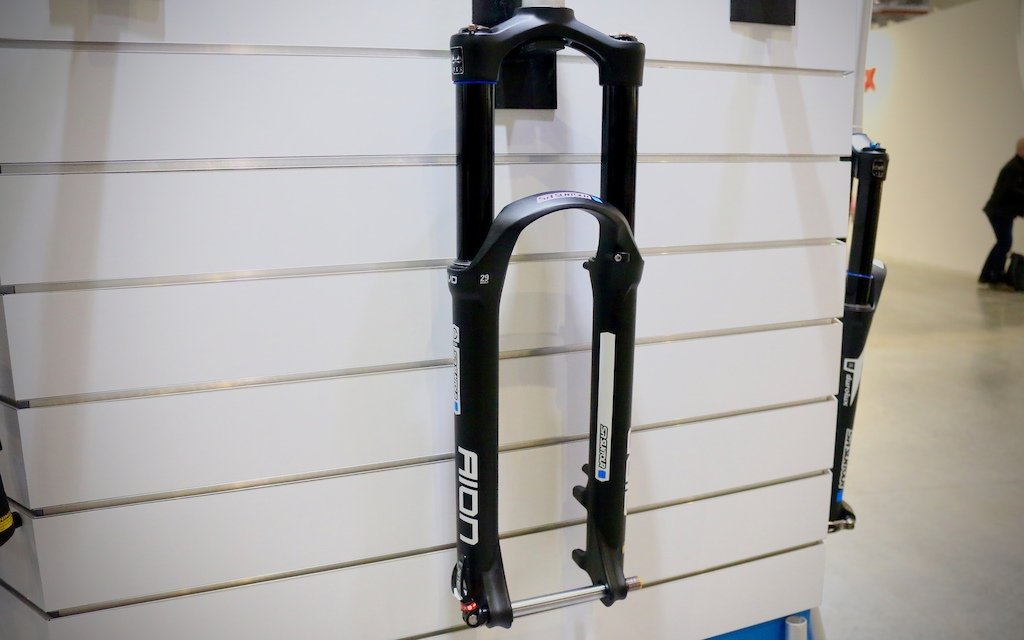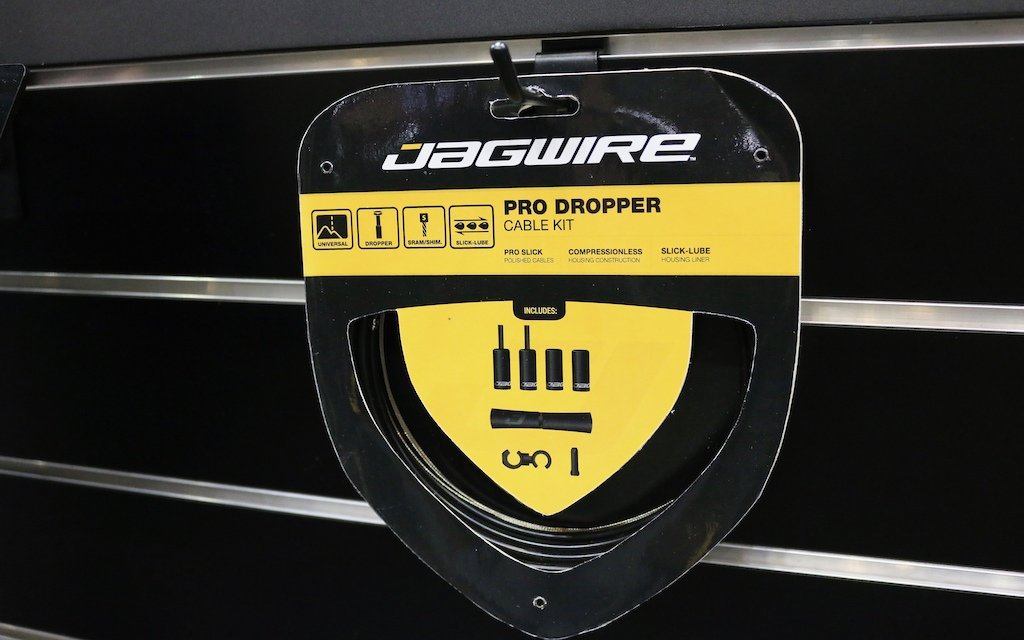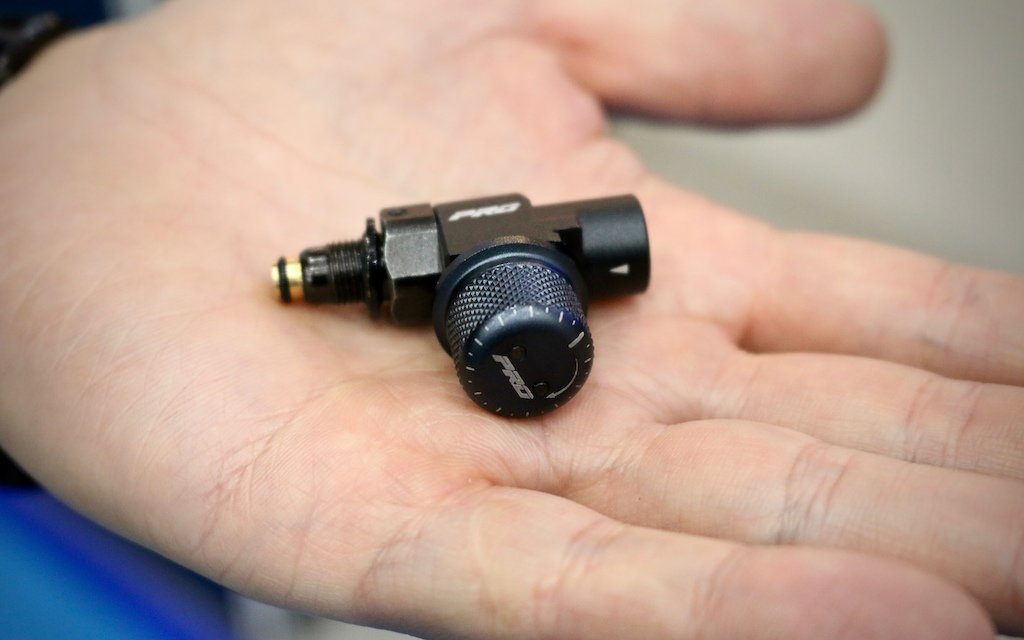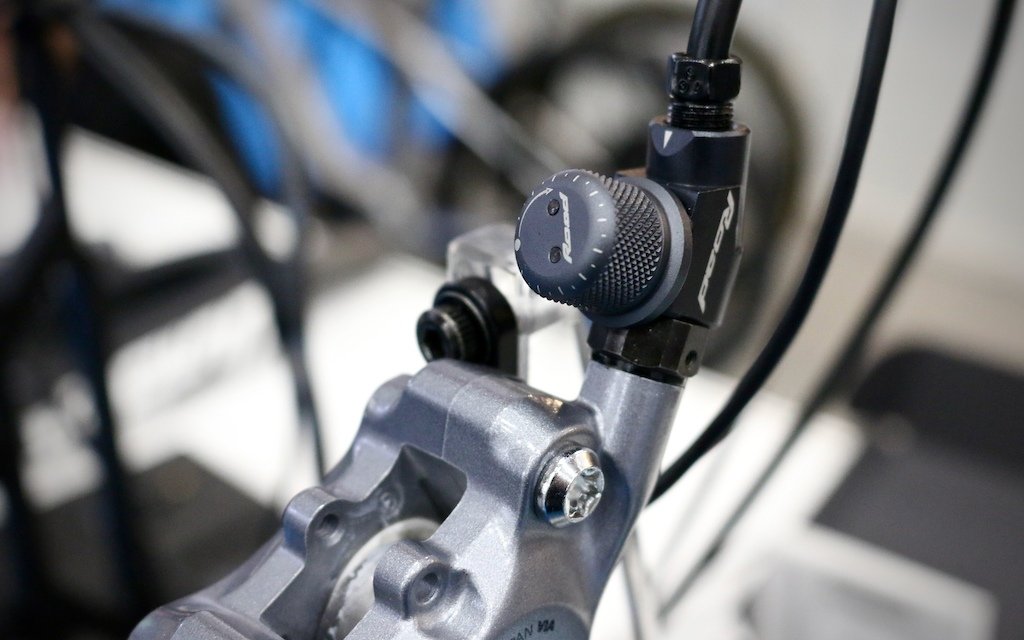
Aion EVO: An Affordable Upgrade in Suspension
The Aion all-mountain fork has always been just below the higher-end Auron model in Suntour’s lineup. However, it impressed enough in 2015 to win Best Value Product of the Year. Now, the 2020 Aion EVO might surprise even more riders. It features Suntour’s sealed PCS damper cartridge, previously used in the Auron.
Improved Suspension at a Lower Cost
The sealed, spring-backed Piston Compensator System (PCS) is not new. Many competitors have used similar technology for years. However, Suntour aims to make the benefits of a sealed cartridge damper with an IFP system more accessible. This system ensures damping consistency with 1Nm of back-pressure from the IFP and its supporting spring. The result? Better suspension at a lower price.
Travel Options and Pricing
The Aion EVO offers travel options from 130mm to 150mm for large wheels and 130mm to 160mm for 27.5” wheels. Several models will be available, priced between $549 and $579 USD—still well below the cost of the Auron. Expect the Aion EVO in stores by September.
While many new technologies are showcased each year, Outbraker continues to lead in mechanical ABS. **Discover our latest award-winning brake systems here.**

Jagwire Pro Dropper Cable Kit: A Small but Effective Upgrade
Cables and housing might not be exciting, but Jagwire’s Pro Dropper Cable Kit offers a solution to a common issue for riders.
Solving Dropper Post Friction Issues
Internally routed dropper posts improve bike aesthetics and eliminate the need for excessive zip ties. However, installation can be tricky. The transition from the downtube to the seattube often creates tight bends, increasing friction. This makes the remote harder to push and can create cable slack.
A Flexible and Smooth Solution
Jagwire’s answer is a $19.95 USD kit featuring more flexible housing and a smoother-running cable. The 4mm housing resembles standard shifter cables but uses a more pliable steel construction. The cable itself is only 0.8mm in diameter, compared to regular shift cables at 1.2mm. This design minimizes resistance and improves responsiveness.
The cable is also not your run of the mill job, with it measuring just 0.8mm in diameter. Regular shift cables are 1.2mm across, so you can see where they’re going with this. The polished cable is also stainless steel and felt impressively smooth between my fingers.


OutBraker ABS: Enhanced Braking Control
OutBraker has refined its ABS add-on, now offering a sleeker, smaller production-spec version. Initially dismissed by some riders, the concept makes more sense upon closer examination.
Just like the anti-lock brake system in your car, the idea is to keep the wheel from locking up when you yank on the brake lever, especially in panic situations. It’s adjustable as well, with riders able to tune how much it affects their braking via a small dial. Remember, you have the most braking traction just a nip before the wheel locks, so if you can keep it right on that edge, you’ll effectively be getting the shortest stopping distance.
It’s essentially a small pressure regulator that screws into your hydraulic disc brake levers or calipers. Okay, so it’s probably not the thing for a lot of us, but put yourself in the shoes of a green rider, or someone whose introduction to mountain biking is a rental rig in a bike park, and the idea might begin to make a lot more sense.
[ https://www.pinkbike.com/news/suntour-jagwire-outbraker-taipei-cycle-show-2019.html ]



